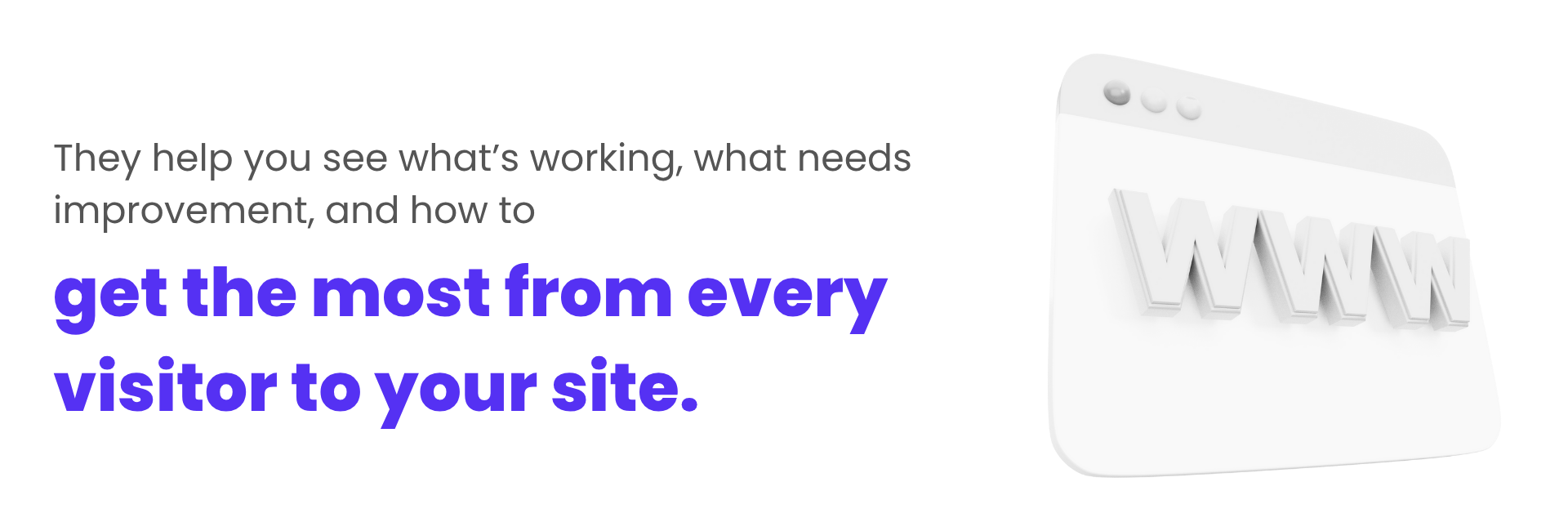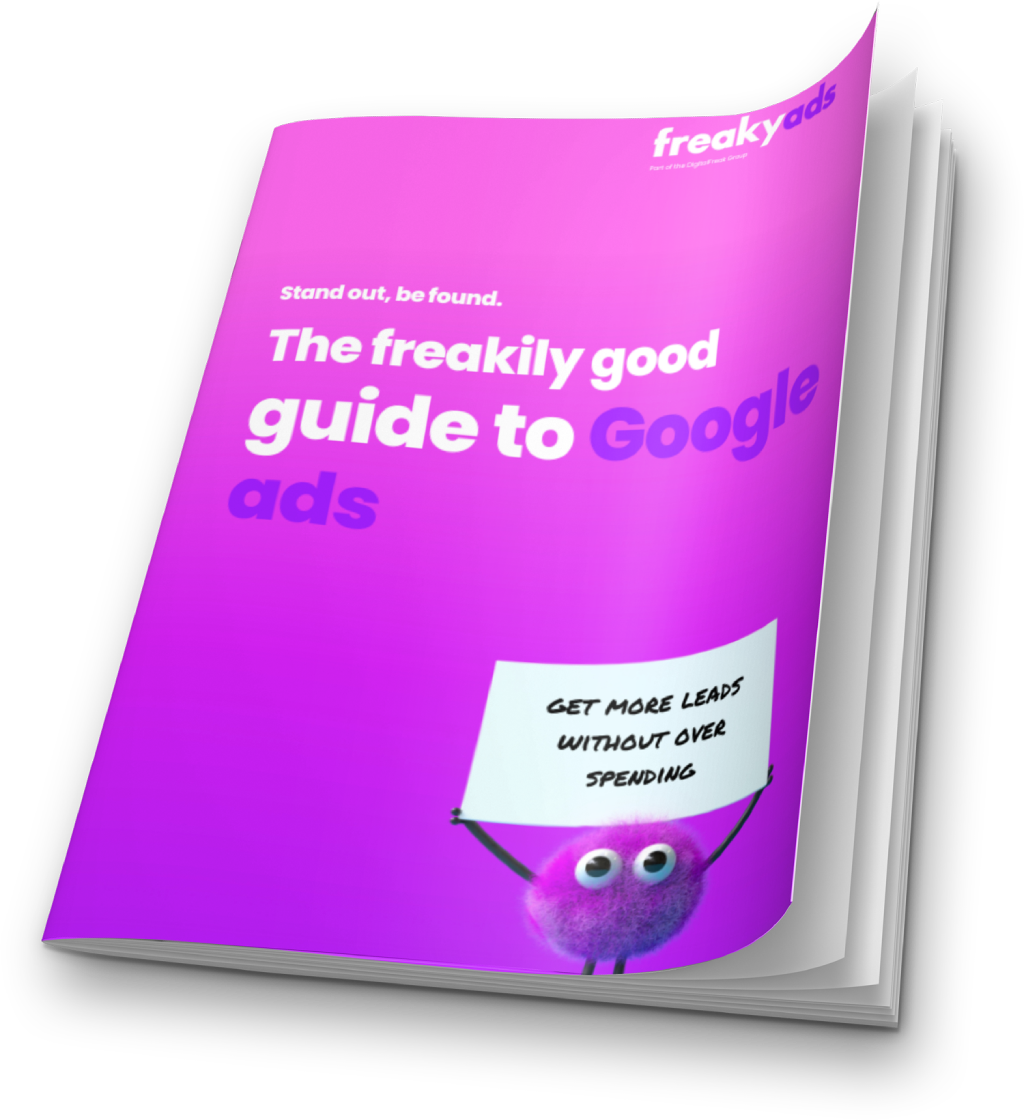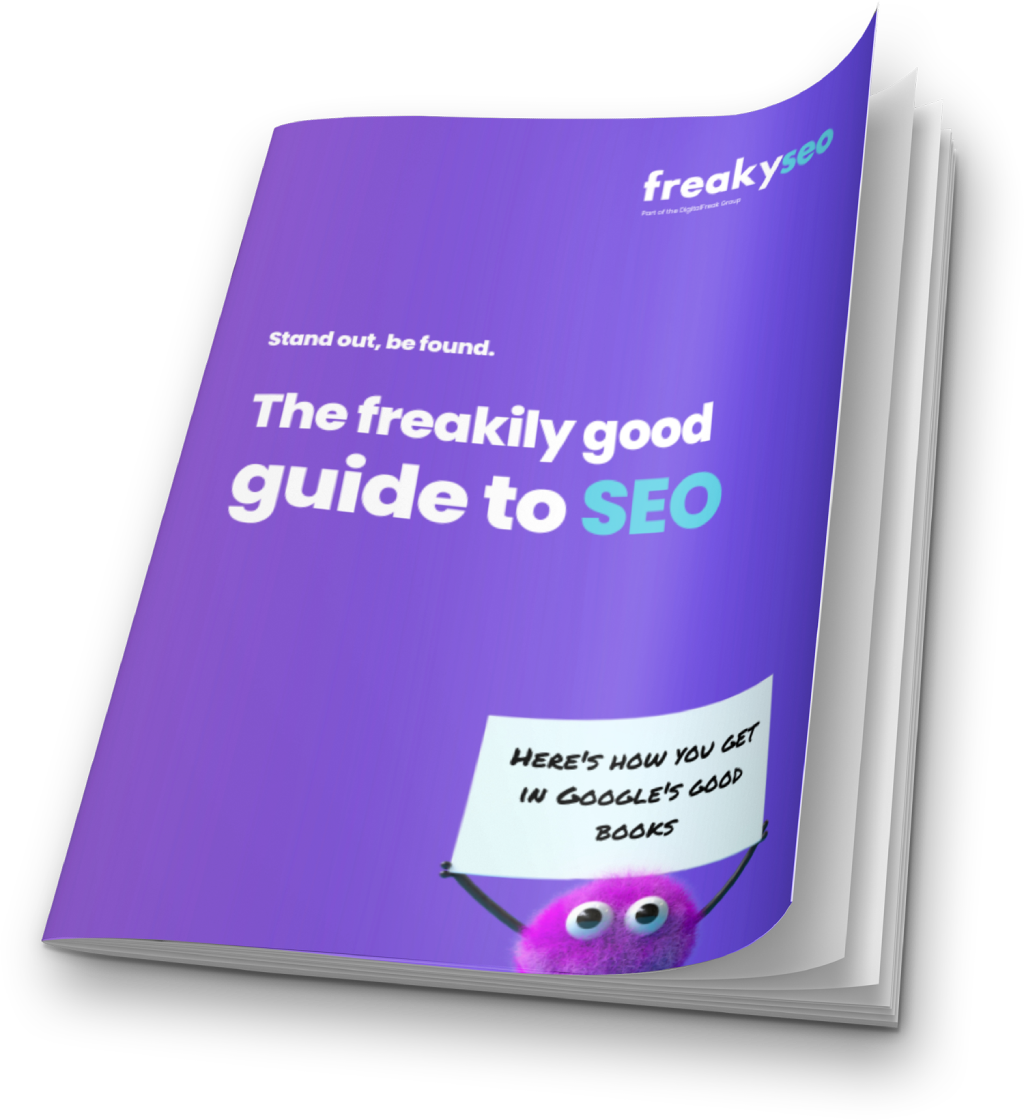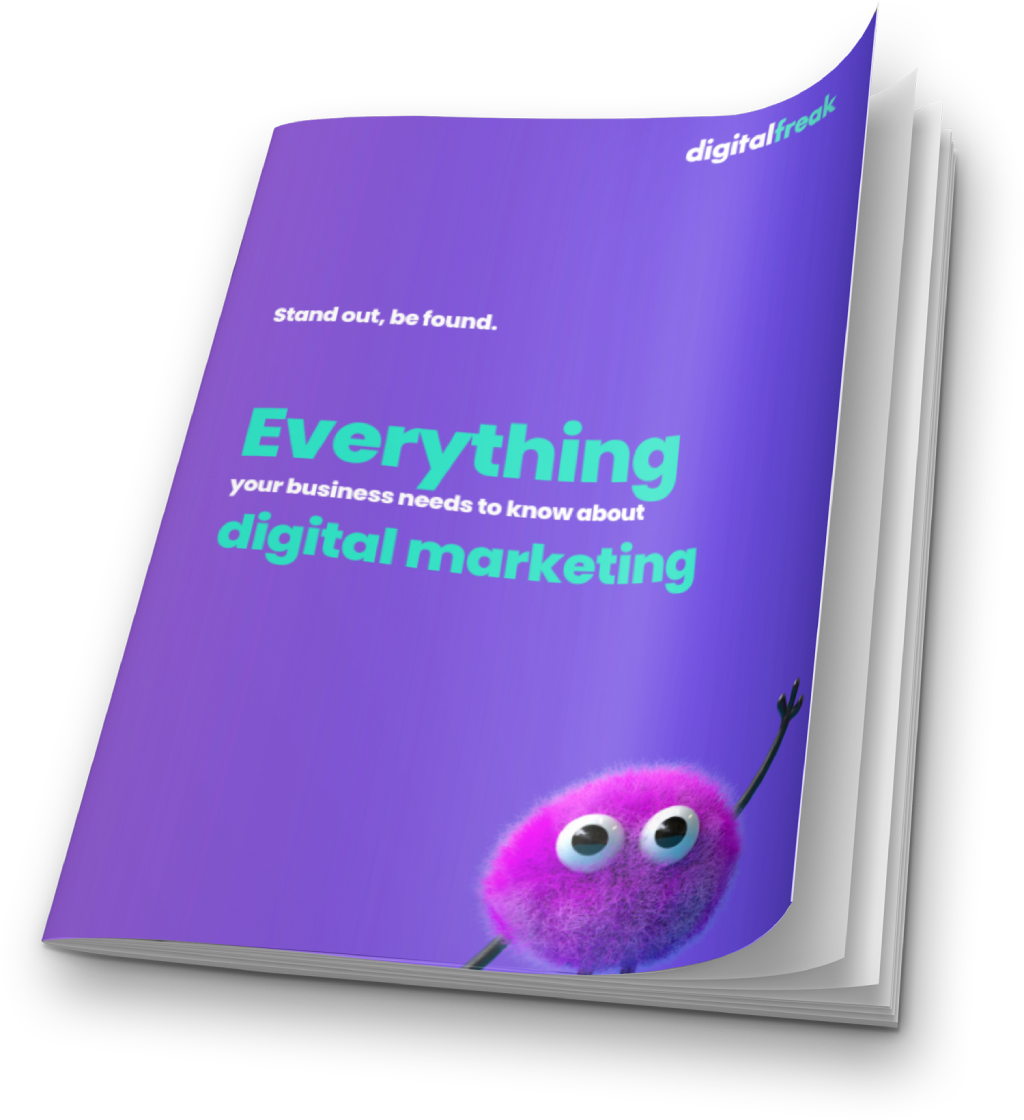Running an online shop? Whether you’re a florist, baby care company, a business coach marketing online programmes, or a wellness brand with premium self-care products, understanding your ecommerce metrics can make or break your success. But here’s the catch: with so many numbers flying around – from page views to bounce rates – it’s easy to get overwhelmed. That’s why today, we’re cutting through the confusion and getting straight to the point: which ecommerce metrics really matter for small businesses, and how can you use them to grow sustainably?
Let’s get into it.
What Are Ecommerce Metrics?
Ecommerce metrics are the data points that show how your online store is performing. They help you understand:
- How people find your website
- What they do when they get there
- How much they’re buying (or not buying)
- Where you’re making money (and where you’re losing it)
These metrics aren’t just for big retailers with massive marketing budgets. They’re essential for small businesses too – whether you’re a local gym selling class packages, a luxury home designer with an online portfolio, or a wellness brand offering curated product bundles. When you track the right metrics, you can spot trends, make smarter decisions, and keep your business moving forward.

Why Metrics Matter for Small Businesses
Before we get into the numbers, here’s why tracking metrics is so important for small businesses like yours:
- Make smarter decisions – Stop guessing what’s working and what’s not. Use data to guide your next moves.
- Improve your marketing – See which campaigns bring in the most business and refine what isn’t working.
- Enhance customer experience – Find out why people leave without buying and improve your site to keep them engaged.
- Increase revenue – Focus on the areas that drive the most sales and cut back on what’s draining your resources.
- Stay competitive – In a busy digital space, data helps you find your niche and stand out.
1. Conversion Rate
Your conversion rate is the percentage of visitors who complete a desired action – usually making a purchase, booking a consultation, or signing up for your newsletter.
Formula:
Conversion Rate = (Number of sales ÷ Number of visitors) × 100
Why it matters:
A high conversion rate means your website is doing its job. If you’re a business coach, for example, it tells you how effective your landing pages are at turning leads into program participants. If it’s low, something’s not working – maybe your messaging isn’t clear, your checkout process is clunky, or you’re targeting the wrong audience.
How to improve it:
- Simplify the checkout or booking process
- Use high-quality images and detailed product or service descriptions
- Showcase testimonials and case studies
- Offer incentives like free shipping or discounted first purchases
2. Average Order Value (AOV)
Average Order Value (AOV) shows the average amount customers spend per transaction.
Formula:
AOV = Total revenue ÷ Number of orders
Why it matters:
Increasing your AOV means you’re making more money from each customer, even if your website traffic stays the same. For wellness businesses selling premium self-care kits, or local gyms selling class packs, it’s a great way to maximise revenue without constantly chasing new customers.
How to increase AOV:
- Create product or service bundles
- Recommend complementary products (e.g., a painting company could offer paint and brush kits together)
- Offer discounts for larger purchases (like “Spend £100, get free delivery”)
3. Customer Acquisition Cost (CAC)
Customer Acquisition Cost measures how much you spend to get a new customer. It includes everything from digital ads to social media campaigns and influencer partnerships.
Formula:
CAC = Total marketing spend ÷ Number of new customers
Why it matters:
If your CAC is higher than the revenue you earn from a new customer, your business isn’t sustainable. For local gyms or wellness businesses investing in Facebook or Instagram ads, knowing your CAC helps you see if your marketing spend is delivering a solid return.
How to manage CAC:
- Target ads carefully to reach the right audiences
- Test different marketing channels and focus on the ones that perform best
- Optimise your website to improve conversion rates
4. Customer Lifetime Value (CLV)
Customer Lifetime Value shows how much a customer is expected to spend with you over their entire relationship with your business.
Formula:
CLV = Average order value × Purchase frequency × Customer lifespan
Why it matters:
For small businesses like luxury home designers or painting companies, a high CLV means repeat projects or referrals – and it’s worth investing more to get those customers through the door.
How to increase CLV:
- Offer loyalty rewards or membership discounts
- Provide excellent service and ongoing support
- Use email marketing to keep customers engaged with new offerings

5. Cart Abandonment Rate
Cart Abandonment Rate shows how many people add items to their cart or start a booking process but don’t complete the purchase.
Formula:
Cart Abandonment Rate = (Number of abandoned carts ÷ Number of shopping carts created) × 100
Why it matters:
A high cart abandonment rate can highlight problems with your checkout process or pricing transparency. For example, local gyms or painting companies offering online booking can lose out if customers abandon sign-ups halfway through.
How to reduce cart abandonment:
- Show delivery costs upfront
- Offer guest checkout options to simplify the process
- Send automated reminders or follow-up emails to recover lost sales
6. Website Traffic
Website traffic measures how many people visit your site. It’s one of the most fundamental metrics to track.
Why it matters:
Understanding where your traffic comes from – organic search, social media, email, or paid ads – helps you focus on the channels that bring in the most potential customers. For a business coach or wellness business, for example, high traffic might come from blog content or social media collaborations.
How to improve traffic:
- Create engaging content that answers your audience’s questions
- Leverage SEO to rank higher on search engines
- Run social media or Google ads to reach new audiences
7. Bounce Rate
Bounce Rate is the percentage of visitors who leave your site after viewing just one page.
Why it matters:
A high bounce rate suggests your website isn’t meeting visitor expectations. Maybe the page is slow to load, or the content doesn’t match what people were looking for. For ecommerce businesses, this can mean missed opportunities to engage new customers.
How to reduce bounce rate:
- Improve page load times
- Make sure your landing pages reflect what’s advertised in your ads or social media posts
- Add clear calls-to-action that encourage visitors to explore more
8. Return on Ad Spend (ROAS)
Return on Ad Spend measures the revenue generated for every dollar spent on ads.
Formula:
ROAS = Revenue from ads ÷ Ad spend
Why it matters:
For businesses running paid campaigns – whether you’re a local gym advertising on Google or selling your goods on Facebook or on Instagram – ROAS helps you see if your investment is worthwhile.
How to improve ROAS:
- Test different social ad formats, messaging, and images
- Use retargeting to reconnect with people who’ve shown interest
- Regularly analyse campaign performance to refine your approach
- Check out this free ROI calculator and Google Ad tool to see industry benchmarks
- You can also use this helpful free guide to Google Ads!
Bringing It All Together
With so many metrics to consider, here’s a quick recap of the ones that matter most:
- Conversion Rate – How well your site turns visitors into buyers or leads
- Average Order Value – How much people spend per purchase
- Customer Acquisition Cost – What you spend to bring in new customers
- Customer Lifetime Value – How valuable each customer is over time
- Cart Abandonment Rate – Where you’re losing sales at checkout
- Website Traffic – How many potential customers you’re reaching
- Bounce Rate – Whether your website keeps visitors interested
- Return on Ad Spend – If your paid marketing is paying off
For painting companies, luxury home designers, business coaches, wellness businesses, and local gyms, these metrics offer a powerful snapshot of your online performance and highlight areas for improvement.
How to Make These Metrics Work for You
Here’s how to turn the data into practical steps:
- Set goals – Choose the metrics that align with your current priorities. Maybe you want to reduce cart abandonment, or boost the average spend per order.
- Track regularly – Use tools like Google Analytics, Shopify analytics, or a simple spreadsheet to keep tabs on your numbers.
- Test and learn – Experiment with changes like new landing page designs, ad formats, or product bundles, and watch how your metrics respond.
- Focus on what matters – Don’t get caught up in “vanity” metrics like social media likes if they’re not bringing in customers. Stay focused on what drives your bottom line.
- Seek expert support – If you’re unsure where to start, a digital marketing partner (like us at Digital Freak) can help you interpret the numbers and find actionable insights for growth.
Metrics That Fuel Small Business Growth
For small businesses – whether you’re a nutritionist offering online meal plans, an interior design company selling curtains, or an online fashion brand – ecommerce metrics are the key to smarter growth. They help you see what’s working, what needs improvement, and how to get the most from every visitor to your site.
By tracking these consistently, you’ll gain a clearer picture of how your online business is performing – and how to improve it.
At Digital Freak, we’re all about turning those numbers into real growth. From website improvements to SEO, paid advertising on Google and social media, and much more, we help small businesses harness data to drive results. If you’d like a hand making sense of your metrics, get in touch with us for a free strategy call.
Ready to turn your ecommerce data into real-world success? Let’s talk.

FAQ
How do I track ecommerce metrics?
You can track ecommerce metrics using tools like Google Analytics, Shopify’s analytics dashboard, or ecommerce plugins that monitor customer journeys. Digital Freak can help you set up these tools and turn raw data into useful insights. Our team offers tailored content marketing and digital advertising services designed to boost the most important metrics for your business. Reach out for a free strategy call to see how we can help you get started
What’s the difference between conversion rate and click-through rate (CTR)?
Conversion rate measures the percentage of visitors who make a purchase or take another desired action, while click-through rate shows how many people click on your ads or links. Both are vital for ecommerce success. Our Melbourne agency helps small businesses boost these metrics with optimised websites and targeted digital campaigns. Book a free strategy call with our team to see how we can help you improve both conversion rate and CTR
Why is it important to track Average Order Value (AOV)?
Average Order Value shows how much customers spend each time they buy from you. Increasing AOV can boost your revenue without increasing your customer acquisition costs. At Digital Freak, we help small businesses develop effective upselling and bundling strategies to raise their AOV. Our team also offers tailored website and SEO content marketing services to keep customers coming back for more. Book a free strategy call to explore how we can help.
Can ecommerce metrics help improve customer experience?
Yes! Metrics like bounce rate and cart abandonment rate reveal where customers might be struggling with your website. At Digital Freak, we help small businesses refine their websites and optimise their content to keep visitors engaged and improve overall satisfaction. Our team provides expert website design, SEO and content marketing solutions that directly address the friction points in your online store. Book a free strategy call with us to discuss how to improve your customer experience.
What’s a good conversion rate for small ecommerce businesses?
While average ecommerce conversion rates hover around 2-3%, the right target for your business depends on your industry, audience, and website quality. At Digital Freak, we work with small businesses to optimise their websites and marketing campaigns to increase conversions. Whether you’re a luxury home designer or a local gym, we’ll help you set realistic goals and achieve them. See our latest real-life results and book a free strategy call with our team to find out more.

Written by
Murtaza Rangwala - PPC Specialist
I’m all about making your online ads pay. As a PPC pro, I spend my days and nights creating, optimising, and analysing client strategies so they deliver the clicks. With a mix of creative and analytical strategies, I’ll make sure your campaigns land your business the top spot – and that customers see you first.














